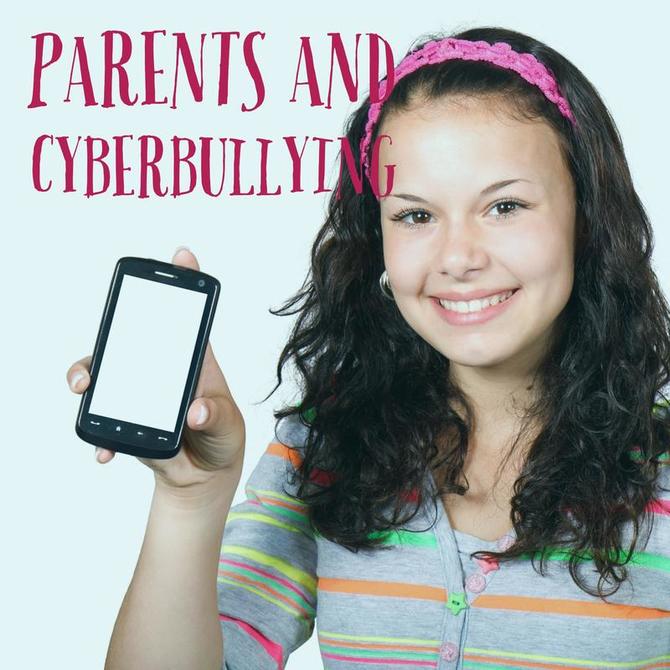We are getting ready to embark on a blended learning journey with Schoology! So far, teachers are liking what they have learned and find the Schoology learning management system to be user-friendly. Their main concern has been who will train their students? This digital citizenship course helped me to see that their question was not one where they didn’t want to do it but one where they didn’t think they had the capacity to do it. In the past, the digital learning specialists provided this kind of training support but the digital learning specialists no longer exist. This course helped me to see that digital literacy is necessary for teachers and students. What I appreciated about this course and consider my biggest accomplishment is creating a video that our teachers could watch as part of their annual staff training video on digital citizenship. I learned about the nine elements of digital citizenship and embedded that learning in the video and coupled it with ways it pertained to Schoology. I am also inspired to collaborate with some of our tech integration specialists to create the Schoology, D.C. course. I think teachers will love that there are some resources created that they can use with their students. Even more, they can choose how their students access the material. They can have them complete the entire self-paced course in Schoology or they can choose to copy the course modules to their own course and have students complete them just-in-time. For example, before students participate in an online discussion in Schoology they will need to complete the modules on digital communication and digital etiquette.
On a personal note, I also enjoyed learning more about the app my teenagers use everyday- Snapchat. I learned about its history and even created this video “Digital Citizenship in a Snap” that teaches students how to use the Snapchat app responsibly. I even plan to share it as part of my parent workshop this summer.
In order to be a leader, it is important to know the rules of the tools. This digital citizenship has rounded off my experience with digital learning and how to use digital tools to make the world a better place. The nine elements helped me to discover the underlying issues related to digital citizenship and how no matter what is happening in this fast-paced digital world, those issues will mostly remain constant.
If I could change any of the activities for this course, it would be the number of assignments and their low point value. I worked really hard on my “Digital Citizenship in a Snap” video and it was only work about 12 points. That was very discouraging. It would have been great if there were fewer activities with more meaningful, relevant tasks. I didn’t like that in any given week I had the following assignments: a quiz, notes from the video, a journal reflection post, an essay, and two case studies to complete. That was not similar to the other COVA learning experiences that I’ve been accustomed to in this program.
I appreciated what I learned from the two main books Digital Citizenship in Schools and Bullying Beyond the Schoolyard. I am glad to have two videos I can use in my professional practice.
On a personal note, I also enjoyed learning more about the app my teenagers use everyday- Snapchat. I learned about its history and even created this video “Digital Citizenship in a Snap” that teaches students how to use the Snapchat app responsibly. I even plan to share it as part of my parent workshop this summer.
In order to be a leader, it is important to know the rules of the tools. This digital citizenship has rounded off my experience with digital learning and how to use digital tools to make the world a better place. The nine elements helped me to discover the underlying issues related to digital citizenship and how no matter what is happening in this fast-paced digital world, those issues will mostly remain constant.
If I could change any of the activities for this course, it would be the number of assignments and their low point value. I worked really hard on my “Digital Citizenship in a Snap” video and it was only work about 12 points. That was very discouraging. It would have been great if there were fewer activities with more meaningful, relevant tasks. I didn’t like that in any given week I had the following assignments: a quiz, notes from the video, a journal reflection post, an essay, and two case studies to complete. That was not similar to the other COVA learning experiences that I’ve been accustomed to in this program.
I appreciated what I learned from the two main books Digital Citizenship in Schools and Bullying Beyond the Schoolyard. I am glad to have two videos I can use in my professional practice.


 RSS Feed
RSS Feed
